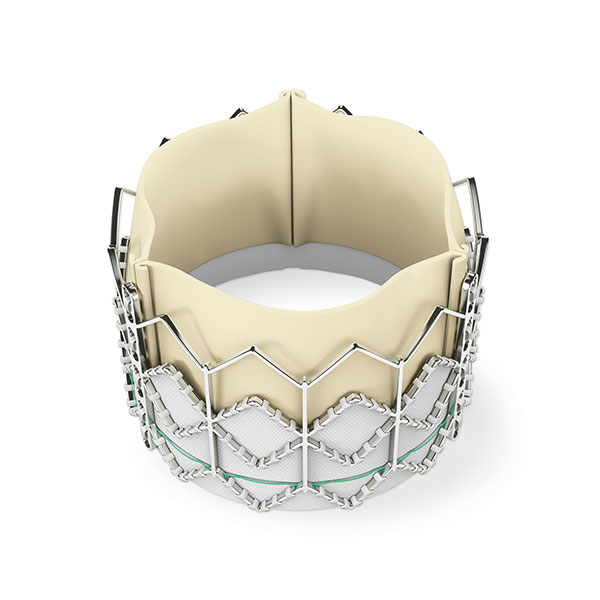Very Few TAVR Patients Develop Complications Requiring Surgical Bailout

Just 1 percent of patients undergoing transcatheter aortic valve replacement (TAVR) have complications that require surgical bailout, according to a study published Sept. 16 in JACC: Cardiovascular Interventions.
Andres M. Pineda, MD, FACC, et al., used data from the STS/ACC TVT Registry. Between November 2011 and September 2015, a total of 47,546 patients underwent TAVR. Surgical bailout during TAVR was performed in 1.17 percent of the cases (558 patients). The most frequent reasons for surgical bailout were valve dislodgement (22 percent), rupture of the ventricle (19.9 percent) and rupture of the aortic valve (14.2 percent).
Results showed that TAVR patients who did require surgical bailout had poor outcomes. Researchers found 50 percent of these patients had died within 30 days – more than 10-fold higher than patients who did not require surgical bailout during TAVR. Certain patients were at higher risk of requiring surgical bailout, including those undergoing emergency instead of elective TAVR procedures, and those whose catheter was not inserted through the femoral artery. Female patients and those with a higher ejection fraction were also at increased risk. The incidence of surgical bailout decreased over time – from 1.25 percent at the beginning of the study to 1.04 percent at the end.
"This excellent study reminds us…that we should thoroughly discuss the option of surgical bailout with every patient and the next of kin upfront before going into the procedure to avoid futile surgical bailout procedures prone to result in a disastrous outcome and therefore adds only further harm to the patients and their families," write Fabian Nietlispach, MD, PhD, and Osmund Bertel, MD, in an accompanying editorial comment. "Thoughtful patient selection is an issue not only for TAVR itself but also for surgical bailout when complications are met."
Keywords: National Cardiovascular Data Registries, STS/ACC TVT Registry, Transcatheter Aortic Valve Replacement, Aortic Valve, Patient Selection, Femoral Artery, Stroke Volume, Heart Valve Prosthesis, Risk
< Back to Listings
